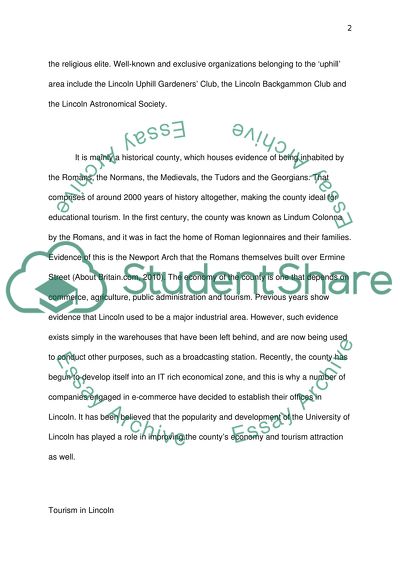Cite this document
(The Outline of Tourism in Lincolnshire County Case Study, n.d.)
The Outline of Tourism in Lincolnshire County Case Study. Retrieved from https://studentshare.org/tourism/1561820-tourism-report-for-lincoln
The Outline of Tourism in Lincolnshire County Case Study. Retrieved from https://studentshare.org/tourism/1561820-tourism-report-for-lincoln
(The Outline of Tourism in Lincolnshire County Case Study)
The Outline of Tourism in Lincolnshire County Case Study. https://studentshare.org/tourism/1561820-tourism-report-for-lincoln.
The Outline of Tourism in Lincolnshire County Case Study. https://studentshare.org/tourism/1561820-tourism-report-for-lincoln.
“The Outline of Tourism in Lincolnshire County Case Study”, n.d. https://studentshare.org/tourism/1561820-tourism-report-for-lincoln.


